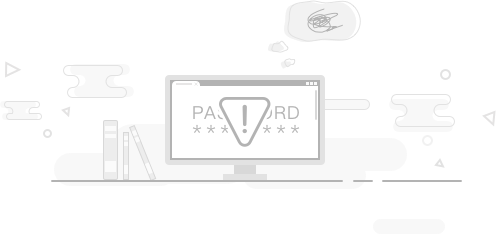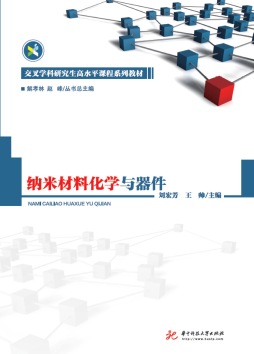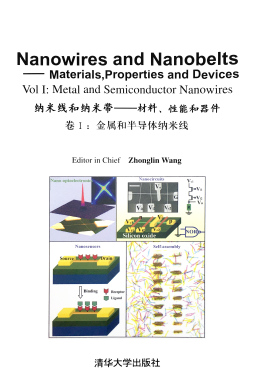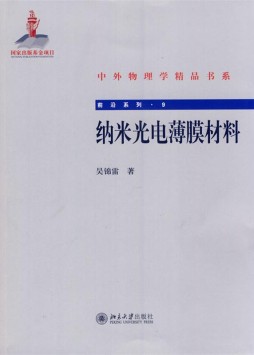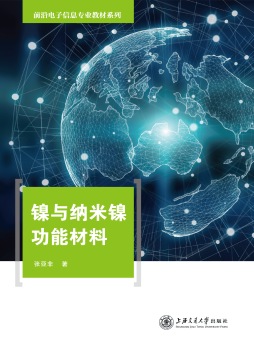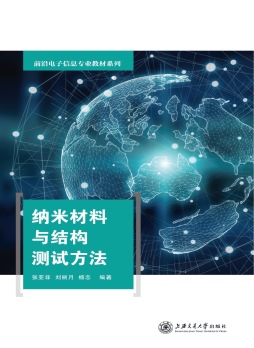-
收藏
-
加书架
-
引用
The advent of nanotechnology is becoming an ever-visible concept in various aspects of our lives, as evident by its popular (and often incorrect) usage in advertising/marketing and enter-tainment. Although pop-culture references to nanotechnology are often misused or are total science fiction, its origins are derived from a rapidly growing discipline of science and engi-neering. Nanotechnology can be defined as the fundamental study and application of materials displaying length scales of more than 100 nm. At this size, nanoscale materials exhibit physical and chemical properties that differ greatly from those of their bulk counterparts. These interesting properties can be advantageously exploited for a number of applications and have substantial real-world impacts in fields such as medicine and those that are energy-related. Although nanotechnology research is growing rapidly throughout the world, the teaching of this subject is lacking at the university level, particularly at the first-year and second-year levels. Introducing nanotech-nology earlier during the college curriculum would be of immense benefit to students and to further progress in the field. As such, the motivation in preparing this book is to introduce the concept of nanotechnology in teaching while exposing students to current nanotechnology research. Given the ever-changing nature of nanotechnology, researchers in the field need to be constantly aware of new studies to update their knowledge and to keep current. With the advent of the Internet, research data and ideas are now readily accessible and commu-nicated to the rest of the field and serve as a plentiful source for newcomers looking to learn more about this exciting field. This can be a double-edged sword, however, because the sheer amount of information can be difficult to organize and process. Furthermore, the Internet is a nonrefereed medium and, as such, information needs to be taken with a critical viewpoint. From an educational standpoint, a major challenge is teaching students how to recognize and collect useful online resources while simultaneously instilling an intuition in the students about potentially less credible or incorrect online resources. Motivated by the facts stated here, the author felt the need for a new perspective on the progress of nanotechnology research. Nanomaterials and related nanoscale devices constitute the core infrastructure of nanoscience and technology. With the vi PREFACE development of nanomaterials synthesis and characterization techniques, the fundamental knowledge base has grown consid-erably, resulting in a thorough understanding of nanoscale properties that can be used to develop novel devices in various application areas. To this end, the major focus of this book is nanomaterials and devices. We hope this textbook will become a useful tool for students to bridge their acquired knowledge to their current or future research activities, because a major aim of this text is to prompt research into practical applications. This book references knowledge from three areas: the author’s own research activities, the selected literature, and Internet resources. Regarding content selected from online resources, we have performed extensive background studies to verify that the information is correct. Additionally, we also have cited direct references to a few online resources without the original source being indicated in the reference, and for that we must apologize here and acknowledge the original authors. Our thanks are hereby extended to all the original authors who may be involved in the contents herein. It is our desire to publish this textbook for many years to come, updating future versions with the newest trends in nano-technology research. We thank Tsinghua University Press for their support throughout the process of writing this book. Given the targeted readership level, the short period of prep-aration, and the inherent diversity within the field of nanotech-nology, there may be shortcomings that are inevitable in the book. All colleagues and readers are encouraged to kindly con-tact the authors with your professional opinions and sugges-tions for new material. Donglu Shi Shanghai East Hospital, The Institute for Biomedical Engineering & Nano Science, Tongji University School of Medicine, Shanghai 200120, China The Materials Science and Engineering Program, Dept. of Mechanical and Materials Engineering, College of Engineering and Applied Science, University of Cincinnati, Cincinnati, OH 45221, USA Zizheng Guo College of Science, South China Agricultural University, Guangzhou 510642, China Nicholas Bedford Department of Chemistry, University of Miami, Coral Gables,本书全面系统地介绍了各种纳米材料和制备方法及其应用,全书英文,已同步在境外面世。
- 版权: 清华大学出版社
- 出版: 2015-03-01
- 更新: 2023-06-07
- 书号:9787302393641
- 中图:TB383
- 学科:工学材料科学与工程交叉学科纳米科学与工程


